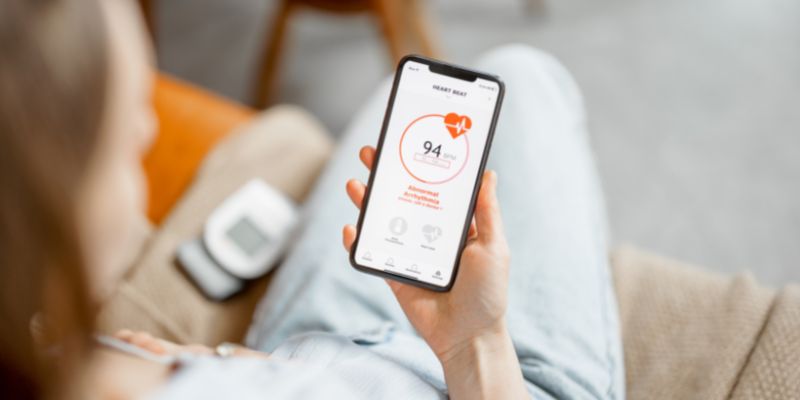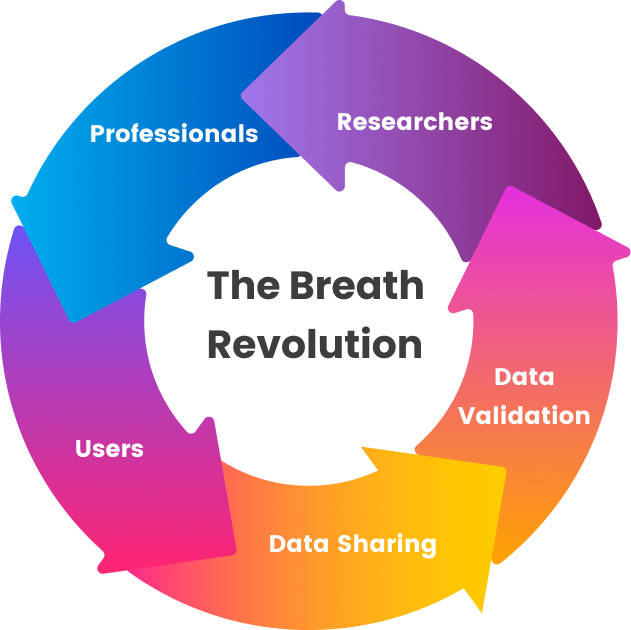Breathing directly influences many processes of our body. Our oxygen saturation levels, brain functionality, metabolism, etc. According to the National Cancer Institute, our respiratory rate system works in tandem with the circulatory system to ensure continuous supply of oxygen to cells and metabolic processes necessary to maintain life. It also aids in maintaining pH levels of the blood and removing waste products. Understanding the measuring respiratory rate methods, advantages, techniques, and discrepancies are important.
Can you understand what an ECG graph conveys about your heart condition or how the pulse oximeter reads your oxygen saturation level?

The human body works on a complex mechanism with a host of organs and processes. While each of these is important, the vital signs to detecting any physiological or psychological events are blood pressure, pulse rate, body temperature and respiratory rate.
Respiratory rate is the collective sum of the number of breaths you take in a minute. Like every bodily function, it should be measured too as it falls under the cluster of vital signs.
This is the second blog in a three blog series that will help you understand respiratory rate better and how to measure it.
Advantages of Measuring Respiratory Rate
According to research published in the National Library of Medicine, measuring our respiratory rate can aid in detecting serious health problems.
Moreover, other studies published listed that measuring respiratory rate has the potential to identify pathological conditions like:
Cardiac Arrest
A paper in the medical journal of Australia by Michelle A Cretikos asserted that a respiratory rate above 27 breaths per minute was the most important indicator in detecting cardiac arrest in hospitals.
b. Panic attacks: The direct influence of our breathing on our parasympathetic nervous system acts as an alarm when we experience psychological episodes. Our breathing turns rapid before we experience a panic attack. Research has also suggested that our respiratory rate is more sensitive to emotional stress, cognitive load, et al. owing to which measuring change in our respiratory rate can identify serious psychological events.
Childhood Pneumonia
The United Nations Children’s Fund has advocated the measurement of respiratory rate to detect childhood pneumonia in low-budget medical settings. Accordingly, as the pneumonia virus moves into our lungs, it aids in fluid build-up elevating the child’s respiratory rate.
Fever
In real-life settings, this is one of the easiest examples. We can all relate to how we face difficulty breathing while fever gradually sets in.
Besides the above mentioned conditions, measuring respiratory rate also helps to understand physical exhaustion and fatigue after exercise. From health care to sports, every sector is gradually acknowledging the myriad of benefits offered by understanding our respiratory rate but mainly measuring it.

Measuring Respiratory Rate is a Necessity
The post-Covid world has shown a heightened interest in breathing to deal with real-life psychological problems. On the other hand, researchers have suggested that despite respiratory rate being one of the vital signs, its measurement is neglected in hospital wards.
Subsequently, studies pointed out that Alveolar ventilation, the exchange of alveoli and the external environment is controlled by the central and peripheral chemoreceptors, and lung receptors of our body.
The arterial partial pressure of oxygen (PaO2) and the arterial partial pressure of carbon dioxide (PaCO2) both drive ventilation.
Moreover, our body tries to correct hypoxaemia – low level of blood oxygen levels- and hypercarbia- increase in carbon dioxide in the bloodstream- by increasing the tidal volume and respiratory rate. Measuring our respiratory rate helps in detecting such conditions.
Furthermore, any condition that causes the build-up of acid in the body will trigger an increase in tidal volume and respiratory rate leveraging increased concentration of hydrogen ions leading to a spike in carbon dioxide production.
Thus, pathologically speaking, the respiratory rate is a stark indicator of severe deterioration of numerous body systems.
Research has also indicated that not all causes of hypoxia and hypercarbia cause an increase in tidal volume and respiratory rate. Opiates, for example, are commonly used medications.
In hospitals, the respiratory drive and the respiratory response to hypoxia and hypercarbia are suppressed. In these cases, the respiratory rate can still be a useful tool for monitoring for an adverse event because it may be reduced, often in conjunction with a reduced level of consciousness.
Hence, a lack of understanding of our respiratory rate has paved the way for a tendency to not measure it regularly or even in emergency situations. But things seem different now with breath practitioners and researchers joining hands to derive the benefits of measuring our respiratory rate to identify life changing health problems and leverage its power as our body’s natural alarm system.
How do We Measure Our Respiratory Rate?
Measuring our respiratory rate has different approaches based on our environmental settings. We compile a list of ways as to how our breaths per minute is measured and the underlying technology.

Normal Environment
Counting Breaths: The easiest way to measuring respiratory rate is just by counting it. To get an accurate measurement follow the undernoted steps.
- Sit down straight and try to relax
- The best way to measure your respiratory rate is by sitting on a chair or in bed
- Get a stopwatch handy and start the timer set at 1 minute
- Observe the number of times your chest and abdomen rises over the course of the minute
- Count the number and write it on a piece of paper.
Clinical Environment
Spirometry: Spirometry measures expiratory volumes and flow rates during a maximal expiratory effort to assess the mechanical properties of the respiratory system. The spirometer measures two important numbers: forced expiratory volume in one second (FEV1) and forced vital capacity in six seconds (FVC) (FVC).
Body Plethysmography: As primary measures, body plethysmography can assess functional residual capacity and specific airway resistance. Total lung capacity and residual volume can be calculated using deep expirations and inspirations.
Respiration Rate Measurement Methods
Besides the above mentioned environmental settings, respiration rate can be measured through the undernoted methods too:
Manual Count
Respiratory rate can be manually counted by just keeping a track of the number of times you inhale and exhale air in a minute. You can write down the number categorically in a piece of paper to deduce the number of breaths taken.
Assisted Count
Get yourself a timer and set it for one minute so that you can only focus on the number of times your chest expands and contracts.
Exhaled Breath
Measuring respiratory rate can be achieved by assessing the moisture levels, temperature, air pressure, fluctuations in carbon dioxide levels, and oxygen concentrations in the air you exhale.
Thoracic Effort
The area between the neck and abdomen is called the thorax. Respiratory rate can also be measured by assessing the thoracic effort like the fluctuations in the thoracic circumference, motion and lung volume.
Respiratory Sounds
Assessing the sound vibrations from the mouth and nose can also aid in measuring respiratory rate. Moreover, the sounds from our chest, back, armpit, throat and neck while inhaling or exhaling air is considered another way to measure respiratory rate.
Indirect Methods
Respiratory rate can also be measured indirectly through an ECG, Photoplethysmography taken through a pulse oximeter, blood pressure measured through sphygmomanometer.
Recent wearable technological devices have also been attributed to measuring respiratory rate but have their limitations.

Discrepancies in Measuring Respiratory Rate
Despite a host of ways and technologies to actually measure respiratory rate, there is cause for concern.
The foremost being that most devices only measure respiratory rate while we are at rest. Additionally, the clinical ways to measure breath rely more on our lung capacity to deduce whether we breath normally or not rather than our respiration.
Research published in the National Library of Medicine has also pointed out that unless better measurement methods are available in clinical settings, precision of the respiratory rate becomes questionable.
Breath Technologies uses advanced sensors in its monitoring device called Pneumö Force.
People Often Ask
How to measure respiratory rate electronically?
Respiratory rate can be measured electronically with numerous technological devices. The most widely used devices are smartwatches and health trackers.
Is there a device that measures respiratory rate?
Currently, there are different devices used to measure respiratory rate directly or indirectly. Spirometer is a device used clinically to measure lung functionality. Smartwatches and fitness trackers are the most affordable devices to measure respiratory rate regularly. However they come with the obvious limitation that you do not breathe through your arm, neck, legs and other body parts
Can pulse oximeters measure respiratory rate?
No, Pulse oximeters cannot measure respiratory rate directly. Respiratory rate can be measured indirectly through an ECG, Photoplethysmography taken through a pulse oximeter and blood pressure measured through sphygmomanometer gives an estimation of respiratory breath count.
How do Smartwatches measure respiratory rate?
The time between heartbeats shortens when you breathe in and lengthens when you breathe out. The optical heart rate sensor on smartwatches tracks the small differences in these intervals while you sleep and determines your average respiratory rate.
How to measure respiratory rate at home?
Respiratory rate can be measured at home through manual and assisted counting.
- Set a timer for one minute
- Count the number of breaths taken
- Write down the number in a diary
- Keep a track
- And you will have your respiration rate.
Respiratory rate measurement unit?
Respiratory rate is measured as ‘Breaths per minute’ or BPM. It should not be confused with your heart rate which is “Beats per minute”.
What is the formula for calculating respiratory rate?
Count the total number of inhalation and exhalation for 30 seconds and then multiply it with 2. That is your respiratory rate or breaths per minute. Take several samples over time by noting the number down and average them if you want greater accuracy.












